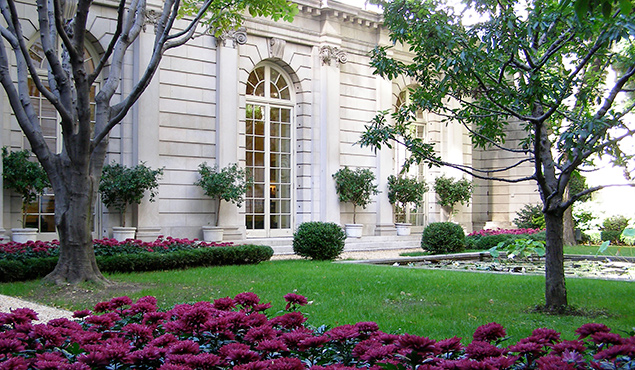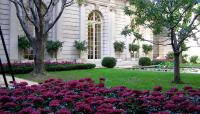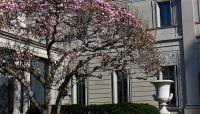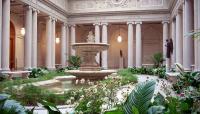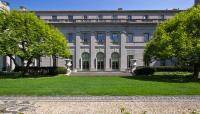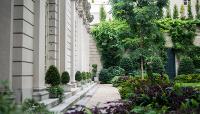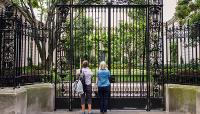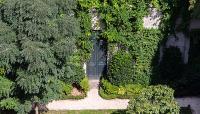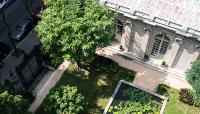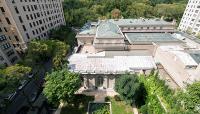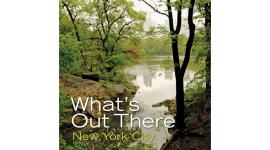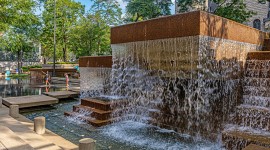Landscape Information
Situated on Fifth Avenue between 70th and 71st Streets adjacent to Central Park and designed by architecture firm Carrère & Hastings, this mansion home was built in 1914 for industrialist Henry Clay Frick, who died five years later. Frick’s trustees transformed the house into a museum, which opened in 1935. To accommodate the growing collection, architect John Russell Pope enlarged the building and transformed the existing carriage pavilion into the Garden Court, an enclosed 4,400-square-foot hall with a central fountain flanked by symmetrical planting beds and Ionic columns. At that time, Frederick Law Olmsted, Jr. was commissioned to design the elevated Fifth Avenue Garden with an open lawn, neoclassical urns, and three specimen magnolias set against the structure’s limestone façade.
Meant to be viewed from the museum’s windows and the sidewalk on 70th Street rather than actually visited, a small garden was designed by Russell Page in a void created from the demolition of an adjacent townhouse in 1972. Opened five years later, the 3,700-square-foot raised garden is organized around a rectangular pool that occupies a third of the space and contains water lilies and lotus flowers. To provide an illusion of depth and to disguise neighboring buildings, Page installed towering pear trees in planters behind the north wall. Trellised panels ornamented with wisteria, clematis, quince, and climbing roses soften the arched recesses of the limestone walls flanking the garden. Sited in an asymmetrical arrangement, four distinct flowering trees interrupt the geometric layout. Roses and an ever-changing assortment of groundcover and flowering plants complete the garden’s planting palette. The Frick Collection was listed in the National Register of Historic Places and designated a National Historic Landmark in 2008.




